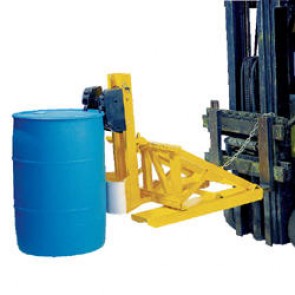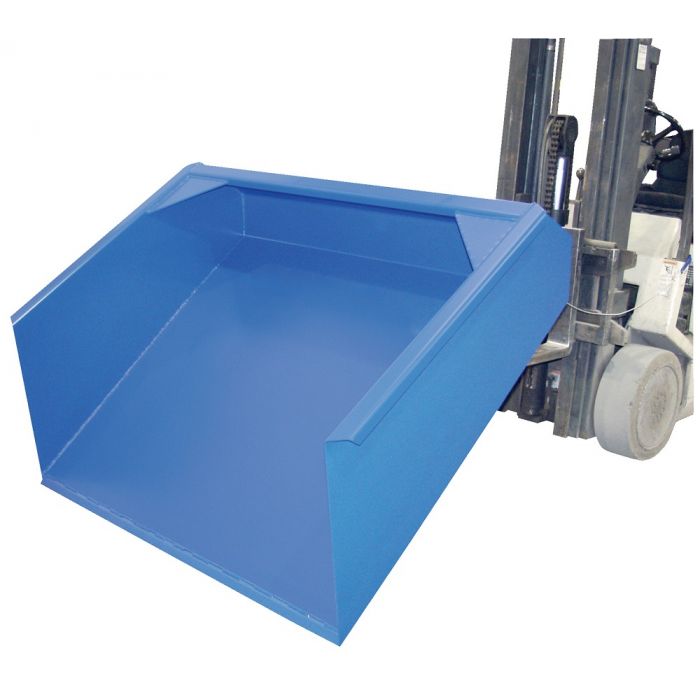Why Forklift Safety is Essential for Forklift Attachments
One of the first steps in ensuring forklift operators understands the importance of forklift safety is to ensure they are certified in operating forklift trucks. Therefore, all forklift operators should be OSHA certified in operating industry power trucks—such as forklifts. However, a couple of other important safety considerations that needs attention includes ensuring the operator fully understands the specific safety risks of operating a forklift within your unique work environment, as well as understanding the importance of forklift safety for any forklift attachments used. This article will discuss understanding the important factors and reasons why forklift operators need to understand the importance of forklift safety when using any type of special forklift attachment.
Those Certified to use Forklifts may not be Properly Trained in Forklift Attachment Safety
While certified forklift operators understand the importance of forklift safety—as it is a major focus on becoming certified— they are probably not trained in understanding the importance of the safety hazards forklift attachments can pose. Therefore, don’t simply think someone trained in operating industry trucks fully understand the associated risks forklift attachments pose. You should ensure each forklift operator is fully trained in understanding all safety threats any attachment poses.
Forklift Attachments are each Unique and Pose Different Safety Hazards

Fork Mounted Drum Lifter
When you add any type of forklift attachment to your forklift, you are essentially changing the way a forklift operates. However, each forklift attachment has its own unique associated risks. For example, adding a forklift carpet pole can help those transporting long sheets of carpet and other coiled material more efficiently. However, when the material is secured onto the pole attachment, the operator must be aware of objects around them when rotating or turning the forklift—as the long coiled material will stick out past the forklift truck and may knock over other materials or hit nearby pedestrians.
For each attachment an operator uses, they should be properly trained in understanding the specific safety threats they associate when operating the forklift.
Operators Need to Understand how to Properly Attach the Forklift Attachment
It is essential for the forklift operator to ensure the attachment is properly mounted onto the forklift, as one major safety hazard is the attachment not being properly mounted. Operators should fully understand how to mount and detach the attachment so they can ensure the attachment is ready for use before operating the forklift. The best time to do this is during the pre-inspection of the forklift, which is required before operating any forklift truck.
Some Forklift Attachments Change the Weight Capacities and other Limitations set by the Manufacturer
When operating any attachment, it is important to understand that the capacity limits may change with any attachment being used. For example, when using forklift extensions, while this allows the forks on the forklift to be longer, it will change the weight capacity the forklift is able to hold and lift. Other limitations include maneuvering the forklift device, as some attachments make the forklift or the material the forklift is transporting longer—thereby limiting the forklift’s ability to maneuver.

